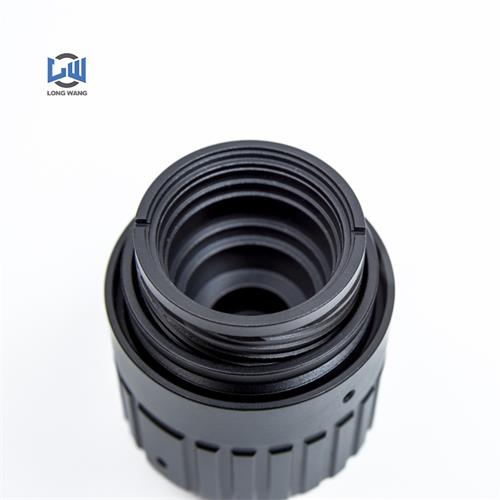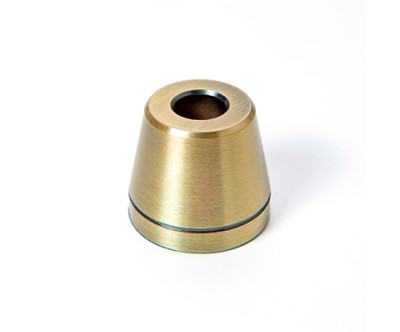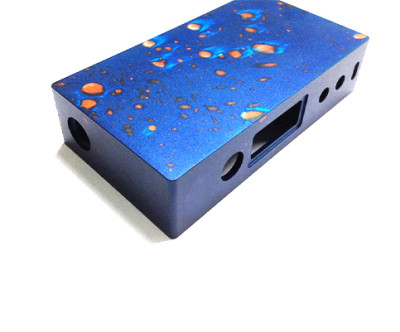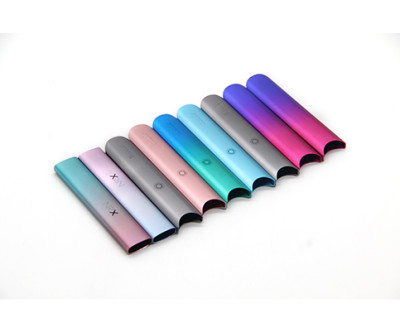Camera Parts Processing Methods
Camera parts processing involves a series of intricate steps to manufacture components vital for camera functionality. Precision and attention to detail are paramount in this process to ensure the final product meets high-quality standards. The methods employed in camera parts processing are sophisticated and technologically advanced, integrating various techniques to achieve precision and durability.
Computer-Aided Design (CAD): The process often begins with CAD software, where engineers design camera parts with meticulous detail. CAD allows for precise modeling and simulation, ensuring that the parts meet the required specifications and fit seamlessly within the camera system.
CNC Machining: Computer Numerical Control (CNC) machining is a widely used method in camera parts processing. CNC machines use computerized controls to remove material from a workpiece, shaping it into the desired form. This process is incredibly precise, making it suitable for manufacturing intricate components, such as lens mounts and camera bodies.
Injection Molding: Injection molding is employed to create camera parts with complex shapes. Molten material, usually plastic, is injected into a mold cavity, where it cools and solidifies. This method is ideal for producing large quantities of small and lightweight components like buttons, covers, and internal casings.
Metal Stamping: Metal stamping is utilized for manufacturing camera parts from sheet metal. A metal sheet is placed into a stamping press, which uses a die and punch to cut and shape the material into the desired form. Metal stamping is often used for creating durable and lightweight components like brackets and frames.
Surface Finishing: After the parts are fabricated, surface finishing techniques like polishing, anodizing, or powder coating may be applied. These processes enhance the aesthetics, corrosion resistance, and durability of the camera components, ensuring they maintain their quality over time.
Quality Control and Inspection: Throughout the entire camera parts processing, rigorous quality control and inspection measures are implemented. Advanced tools such as Coordinate Measuring Machines (CMMs) and optical inspection systems are used to verify dimensions, tolerances, and overall quality, ensuring that each part meets the specified standards before assembly.
In conclusion, camera parts processing combines cutting-edge technology, precision engineering, and stringent quality control to produce components that are essential for the functionality and performance of modern cameras. The integration of these methods results in high-quality, reliable, and sophisticated camera systems that meet the demands of both amateur and professional photographers worldwide.



